Introduction
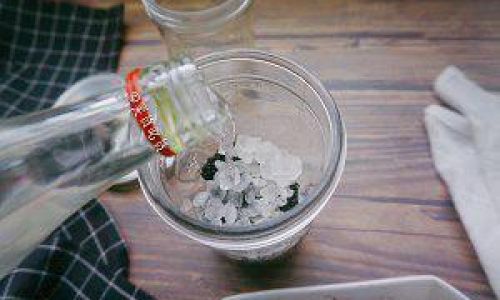
Mulberries, scientifically known as Morus species, are edible fruits that have been cherished for their nutritious value and unique flavor across various cultures for centuries. Native to China, these fruits have since spread to many parts of the world, becoming a staple in traditional medicines, culinary delights, and modern health foods. The mulberry tree, with its lush green leaves and vibrant purple, red, or white berries, offers more than just a seasonal treat; it is a versatile ingredient that can be processed in numerous ways to enhance its shelf life, taste, and nutritional benefits. This article delves into the various processing methods of mulberries, exploring how these techniques transform the raw fruit into a variety of products that cater to diverse consumer preferences and markets.
Fresh Consumption and Direct Preservation
While mulberries are best enjoyed fresh when they are ripe and juicy, direct preservation methods are crucial for extending their shelf life and making them available throughout the year.
1. Refrigeration
One of the simplest methods to preserve mulberries is by refrigerating them. Freshly picked mulberries should be inspected for any signs of damage or mold, then gently rinsed with cold water and patted dry with a clean cloth. Placing them in an airtight container lined with a paper towel to absorb excess moisture can help maintain their freshness for up to a week. However, it’s important to note that refrigeration slows down ripening but does not stop it completely, so consumption within a few days is ideal.
2. Freezing
For longer-term preservation, freezing mulberries is a highly effective method. After washing and drying, the berries can be frozen whole, sliced, or pureed. Freezing them whole or sliced retains their texture upon thawing, making them suitable for smoothies, baking, or toppings. Pureeing them before freezing creates a versatile mulberry puree that can be used in baking, jams, or as a natural sweetener. To prevent clumping, mulberries can be spread in a single layer on a baking sheet and frozen until solid before transferring to freezer bags or containers.
3. Drying
Dried mulberries are a popular snack due to their concentrated sweetness and convenience. Sun-drying or using a food dehydrator are common methods. Sun-drying requires spreading the berries on a mesh tray in full sunlight, turning them occasionally until they reach the desired dryness. This can take several days depending on weather conditions. Using a food dehydrator is faster and more controlled, typically taking around 8-12 hours at a temperature of around 65°C (150°F). Dried mulberries can be stored in an airtight container at room temperature for several months.
Jam and Jelly Production
Mulberries’ natural sweetness and high pectin content make them excellent candidates for making jams and jellies, which are not only delicious but also rich in antioxidants.
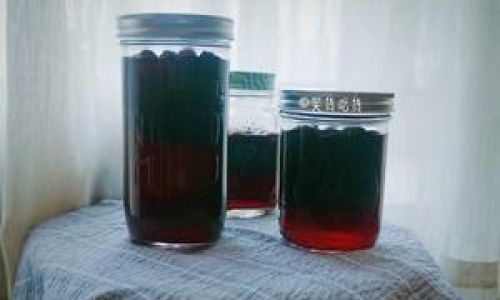
1. Basic Mulberry Jam Recipe
To make mulberry jam, start by washing and stemming the berries. Combine them with an equal amount of sugar (or a lower ratio for a less sweet jam) in a large pot. Add a splash of lemon juice to enhance flavor and help with preservation. Cook over medium heat, stirring frequently, until the mixture reaches the gel stage—typically tested by using a candy thermometer to reach 220°F (104°C) or by performing the spoon test (a small amount of jam should form a gel-like drop when drizzled onto a cold spoon). Once done, pour the jam into sterile jars, seal, and process in a hot water bath for 10 minutes to ensure sterility.
2. Mulberry Jelly
Making jelly involves a similar process but with an additional step of extracting juice from the berries. This can be done by simmering the berries with water and then straining out the pulp through a cheesecloth or fine sieve. The resulting juice is then treated like jam, with sugar and lemon juice added, and cooked until it reaches the gel stage. Jelly has a smoother, clearer texture compared to jam and is often poured into molds or small jars for serving.
Wine and Beverage Production
Mulberries can also be fermented into wine or used to flavor various beverages, adding a unique twist to traditional drinks.
1. Mulberry Wine
Producing mulberry wine involves crushing the berries, mixing them with sugar and yeast, and allowing them to ferment in a sealed container. The fermentation process converts the sugars into alcohol and carbon dioxide. After primary fermentation, the wine may undergo secondary fermentation, aging, and filtering to improve its clarity and flavor. Mulberry wine is known for its deep purple hue, fruity aroma, and subtle sweetness.
2. Mulberry Syrup and Infused Waters
Mulberry syrup is a versatile sweetener that can be used in cocktails, teas, or over ice cream. To make syrup, simmer mulberries with water and sugar until the berries break down and the mixture thickens. Strain out the pulp, and bottle the syrup. Infused waters, on the other hand, are a refreshing and low-calorie option. Simply steep mulberries in cold water for a few hours or overnight, then strain and serve chilled.
Culinary Applications and Baking
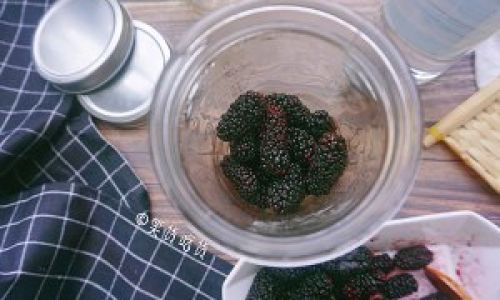
Mulberries’ natural sweetness and vibrant color make them an excellent addition to various culinary dishes and baked goods.
1. Baking with Mulberries
Mulberries can be incorporated into muffins, cakes, scones, and pies, adding moisture, sweetness, and a burst of color. They can be used fresh, frozen, or dried, depending on the recipe. When baking, consider their natural sweetness and adjust the amount of added sugar accordingly. Mulberry compote, made by simmering mulberries with a bit of sugar and lemon juice, can also be used as a filling or topping for pastries.
2. Mulberry Sauce and Glaze
A quick and easy mulberry sauce can elevate grilled meats, desserts, or even breakfast dishes like pancakes and waffles. Simply cook mulberries with a bit of water, sugar, and lemon juice until they break down into a sauce. For a thicker glaze, cook the mixture longer or add a cornstarch slurry to thicken it.
Health and Wellness Products
Mulberries’ nutritional profile, rich in vitamins, minerals, antioxidants, and fiber, makes them ideal for creating health-focused products.
1. Mulberry Powder
Dried mulberries can be ground into a fine powder using a blender or food processor. This powder retains all the nutritional benefits of the fruit and can be used as a natural sweetener, flour substitute in gluten-free baking, or added to smoothies, yogurt, and oatmeal for an extra nutrient boost.
2. Mulberry Capsules and Extracts
For a concentrated form of mulberry’s health benefits, capsules and extracts are popular options. These products are typically made from dried mulberries that have been further processed to extract their active compounds. Capsules are convenient for daily supplementation, while extracts can be used in various health drinks or as ingredients in skincare and haircare products due to mulberries’ anti-inflammatory and nourishing properties.

Innovative and Emerging Trends
As consumer interest in health and sustainability grows, innovative processing methods for mulberries are emerging.
1. Fermented Mulberry Products
Fermentation is a traditional preservation method that also enhances the nutritional profile of foods by increasing probiotics and beneficial enzymes. Fermented mulberry products, such as mulberry kvass or fermented mulberry juice, are gaining popularity for their unique taste and health benefits.
2. Mulberry Ice Cream and Sorbet
Mulberries’ natural sweetness and vibrant color make them perfect for creating unique ice cream and sorbet flavors. These frozen treats can be enjoyed on their own or paired with complementary ingredients like mint, chocolate, or nuts.
3. Mulberry Chocolate and Confections
Pairing mulberries with chocolate creates a luxurious and indulgent treat. Dark chocolate, with its own set of antioxidants, complements the fruit’s natural flavors well. Mulberry-infused chocolates, truffles, and other confections are becoming popular gifts and gourmet items.
Conclusion
The versatility of mulberries in processing and their diverse applications highlight their potential as a valuable crop for both traditional and modern food industries. From simple preservation methods like freezing and drying to complex fermentation and extraction processes, mulberries can be transformed into a wide array of products that cater to various dietary preferences, health needs, and culinary creativity. As research continues to uncover more about mulberries’ nutritional and health benefits, their popularity as a processed food ingredient is likely to grow, opening up new markets and opportunities for innovation. Whether enjoyed as a sweet treat, a health supplement, or a culinary ingredient, mulberries offer a taste of nature’s bounty that is both delightful and nutritious.
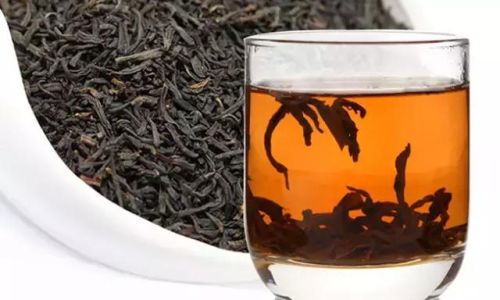

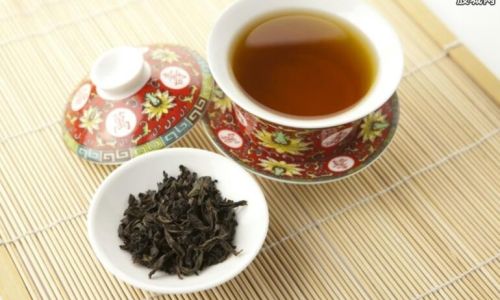

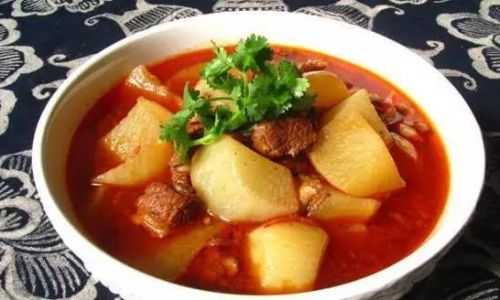

0 comments